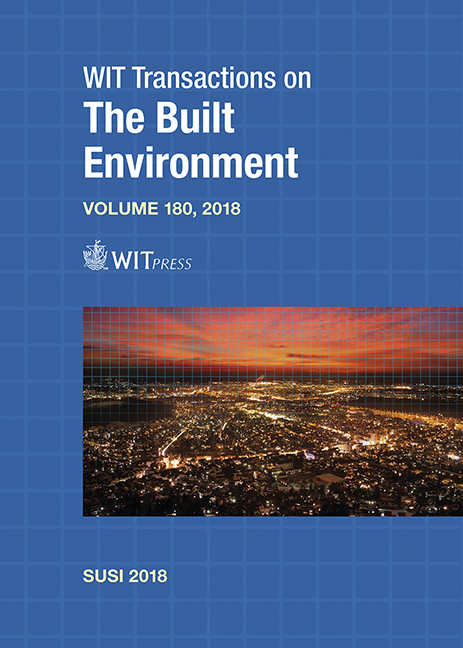TOWARDS A SINGLE DEGREE OF FREEDOM (SDOF) MODEL FOR PREDICTING BLAST PERFORMANCE OF CROSS-LAMINATED TIMBER
Price
Free (open access)
Transaction
Volume
180
Pages
11
Page Range
125 - 135
Published
2018
Paper DOI
10.2495/SUSI180121
Copyright
WIT Press
Author(s)
KATHRYN SANBORN, NOEL FLORES, RUSSELL GENTRY, LAUREN STEWART
Abstract
There is a need for renewable building materials that are suitable replacements for conventional building materials such as steel and concrete. Cross-laminated timber (CLT) is a relatively new composite timber product with increasing use and interest in North America due to its renewable properties. Due to the unique environmental and mechanical properties of CLT, the possibility for rapid construction, and familiarity with the base material (timber), it follows that CLT may be promising for use in temporary military housing. In order to be a material for consideration in temporary military structures, CLT must be evaluated for force protection (i.e. blast effects). To investigate this possibility, the authors used data from live blasting testing conducted by WoodWorks at the US Air Force Civil Engineer Center on multiple two-storey, single-bay CLT structures. A single degree of freedom model (SDOF) was used in conjunction with the shear analogy method to predict the behavior of the CLT structures in the elastic regime. Through the CLT SDOF model, the paper highlights the necessity for further testing of CLT under blast loadings to quantify the effects of shear, boundary conditions, dynamic strength, and other properties.
Keywords
blast, cross-laminated timber, CLT, southern pine, spruce pine fir





